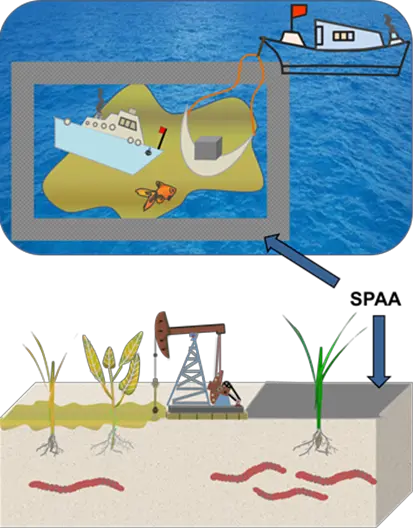By APD writer Wu Jian, Translated by Chen Weijie
Japanese Prime Minister Shinzo Abe finished his two-day visit to the U.S. on 20th April.
It is clear that Abe has been maintaining close contacts with U.S. President Donald Trump. Since Trump took office last January, the two leaders have had 20 phone conversations and six talks.
However, their close personal friendship did not make the Abe’s visit easier, “I learn more about Mr. Trump now, but the meeting will be pressured,” he said.
**Abe under fire amid scandals
**
Public support for Abe’s Cabinet has dropped to 37 percent due to a series of scandals including Japan Self-Defense Force’s concealing the records of Iraq War, Moritomo Gakuen group’s land purchase from the government at discounted price and the KAKE Educational Institution setting up a veterinary medicine school in a national strategic special zone with the help of Abe.
What makes Abe feel more worried is that his support rates has also sunk to 26.7 percent, the lowest in his premiership since December 2012, according to Nippon TV.
At the same time, Shigeru Ishiba, former defense minister, and Shinjiro Koizumi, son of former Prime Minister Junichiro Koizumi, look more promising to be the next prime minister than Abe, according to a poll by Kyodo News.
So, Abe is facing unprecedented challenges of winning a third term as the ruling Liberal Democratic Party’s (LDP) president in September 2018. As Junichiro Koizumi, regarded as his “political mentor” said earlier that Abe will likely step down in June.
Abe’s self-rescue through diplomatic efforts
The tension on the Korean Peninsula has gradually relieved since the PyeongChang 2018 Olympic Games in February. Then top leader of the Democratic People’s Republic of Korea (DPRK) Kim Jong Un’s visit to China, the upcoming Inter-Korean Summit in late April and DPRK-U.S. meeting in May have followed close on another. Japan, however, is just an outsider in the Korean Peninsula’s peace process. It is the result of Japan’s blindly following of the U.S foreign policies instead of pursuing its independent policies and Abe’s keen on developing personal relationship with Trump, a capricious and inconsistent leader. Meanwhile, Japan’s tense relations with China, Russia and South Korea because of historical and territorial issues impede its participation in the Peninsula’s peace process.
On one hand, Abe’s visit aims to seek U.S. promises on the inclusion of Japanese demands such as DPRK’s dismantling its medium-range ballistic missiles that are capable of striking Japan and resolving a dispute over the past abductions of Japanese citizens, before the DPRK-U.S. meeting.
On the other hand, the bilateral trade issue is Abe’s another concern, which includes seeking exemptions from the U.S. steel and aluminum tariffs and persuading the U.S to join the new TPP. Some media analyzed that Trump just takes rhetoric “considering returning TPP” as a tool for his mid-term election and the trade war against China.
As Japanese Fuji TV showed that the specific results of Abe’s visit are “unclear”. Gaining nothing means the failure of his self-rescue plan through diplomatic efforts.
“I have intimate relationship with Abe,” Trump announced, “Ties between our two countries are further strengthened.” Obviously, it is the comforting word for Abe.
(APD REVIEW )
 简体中文
简体中文

